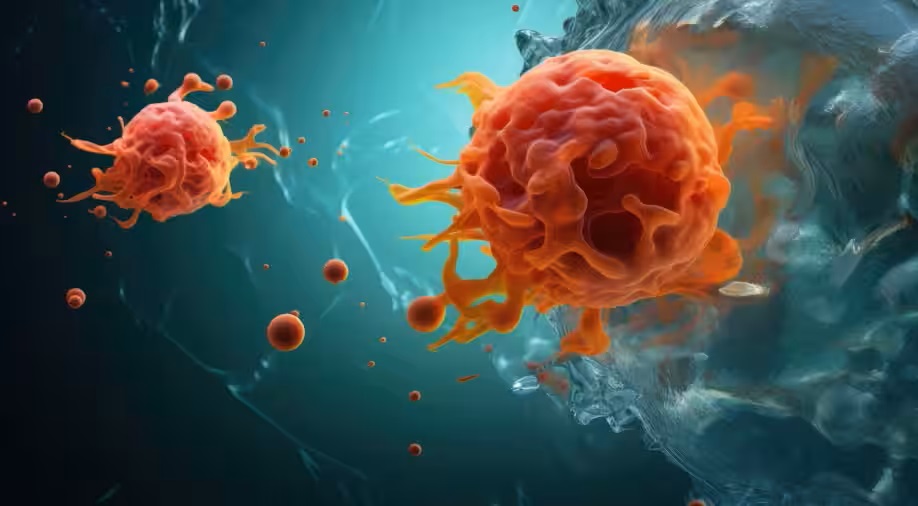Using aminocyanine molecules, scientists have developed a novel way to combat cancer. These molecules, dubbed “molecular jackhammers,” demonstrate almost a million times faster mechanical motion than prior motors when activated by near-infrared light, possibly changing cancer treatment without intrusive operations. In lab experiments, cancer cells were destroyed with a 99 percent success rate.
Using aminocyanine molecules, scientists discovered a new way to destroy cancer cells. According to ScienceAlert, these compounds, which are routinely used as synthetic dyes in bioimaging, have a surprising capacity to break apart cancer cell membranes when triggered by near-infrared light.
This approach, according to Rice University chemist James Tour, is a “whole new generation of molecular machines” – suitably termed molecular jackhammers.
These molecular jackhammers display nearly a million times faster mechanical motion than their predecessors, Feringa-type motors. Furthermore, they can be actuated using near-infrared light rather than visible light.
The use of near-infrared light is critical since it allows for deeper penetration into the body.
This discovery has the potential to revolutionize the treatment of malignancies in bones and organs, potentially removing the need for intrusive procedures.
Lab tests and mouse trials yielded impressive results.
In trials on grown cancer cells, the molecular jackhammer approach destroyed cells with an astounding 99 percent success rate.
Taking the method from the lab to living beings, it was tested on mice with melanoma tumors, with half of the animals becoming cancer-free.
Aminocyanine molecules have a distinct structure and chemical features that allow them to synchronize with the appropriate stimulus – near-infrared light.
The electrons within these molecules produce plasmons as they travel, which are collective vibrating entities that cause movement throughout the entire molecule.
The plasmons, which resemble molecular arms, attach to cancer cell membranes and disintegrate them through vibrational oscillations.
Despite the fact that these data are preliminary, the researchers are optimistic about the prospective implications of this biomechanical technique in cancer treatment.
The next stage of this intriguing research is the continuous investigation of other compounds with similar characteristics.



